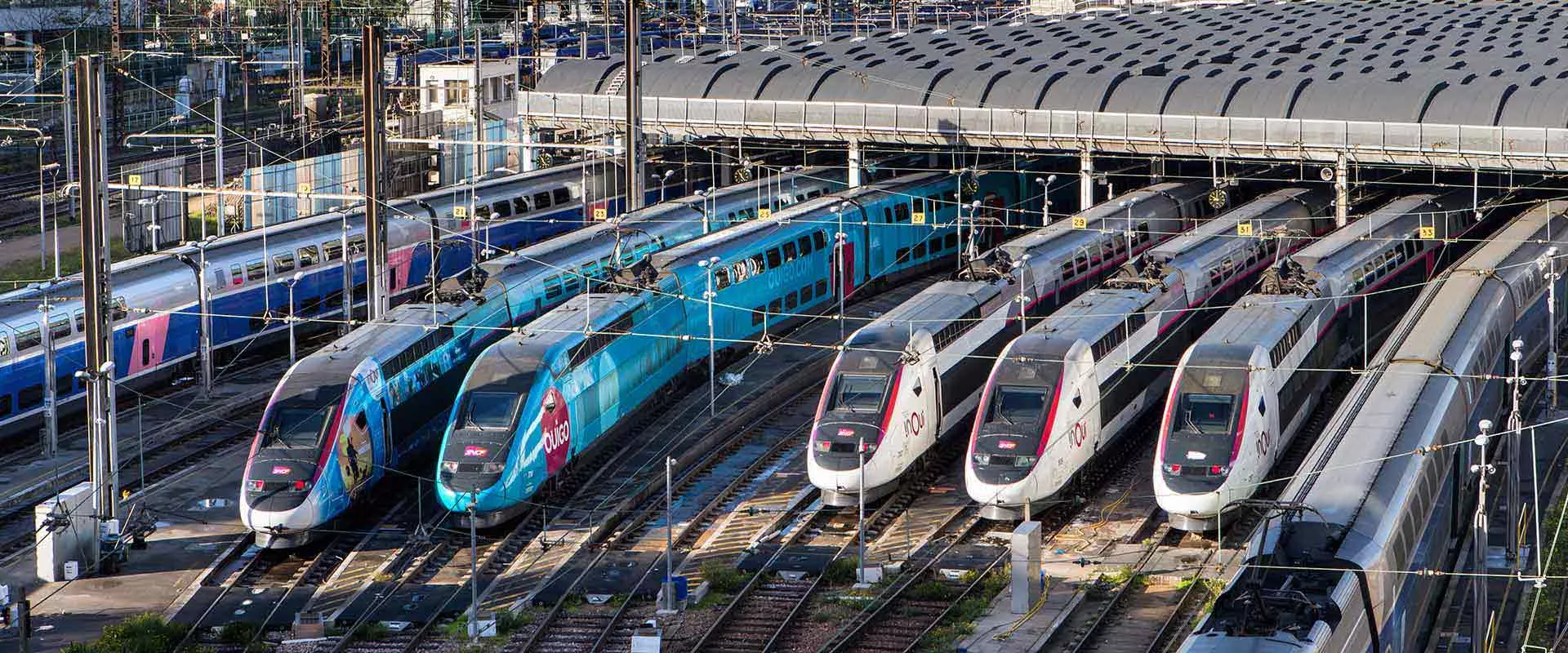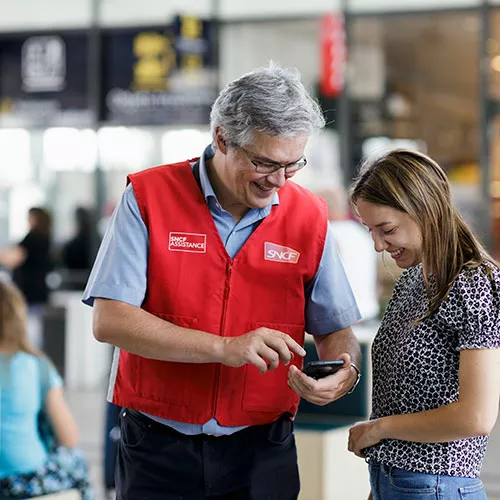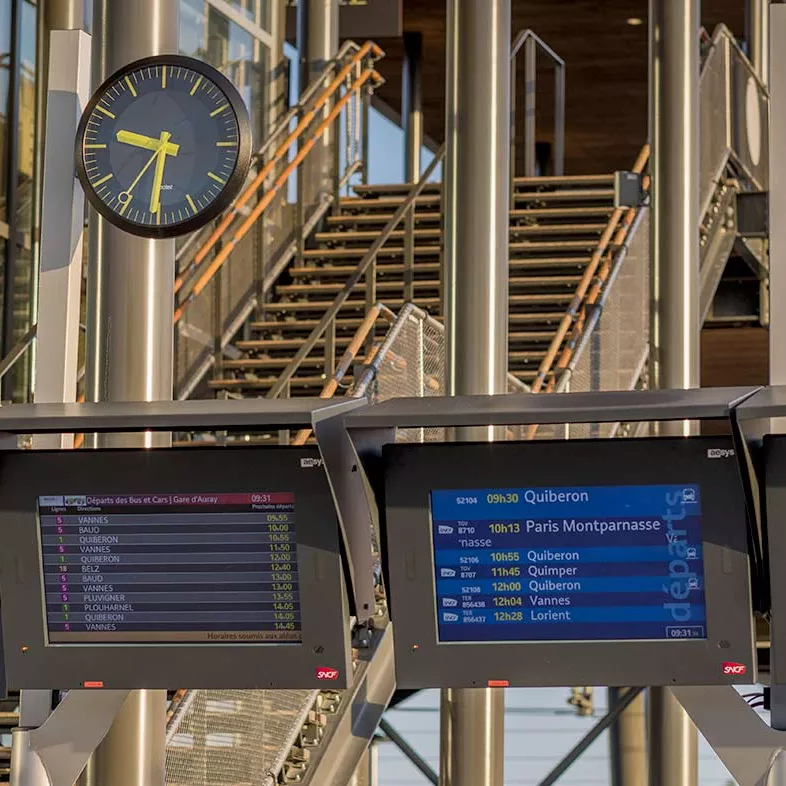
Implementing a provisional transport plan
When the unexpected happens—repairs, weather events, health crises, or industrial action—we adapt train circulation. By implementing a provisional transport plan, we can gradually get traffic moving again until all our trains are back up and running on schedule.
How do we produce a transport plan?
A year before we adopt the system-wide train schedule known as the transport plan, employees from several SNCF departments come together to work on its design:
- schedulers map out train journeys and set the departure and arrival times for each station served along the way
- equipment managers assign trainsets, taking into account constraints such as maintenance, cleaning schedules, etc.
- driver and conductor team managers hold planning meetings to staff each train; as with trains, this planning is done months in advance
All of this painstaking work up front is needed for the system to be operational from the word ‘go’.
When do we modify our transport plan?
- In the event of a health crisis, we are required to modify our transport plan in response to government directives, regional lock-downs and curfews, etc.
- Traffic incidents can have a significant impact—such as a stoppage caused by falling rocks or rails damaged by a landslide—and make repair work necessary.
- Major weather events can include heavy snowfall, powerful winds or flooding in the wake of heavy rain.
- When there is industrial action, we adapt our transport plan to assess which SNCF employees are on the job, including drivers and conductors, and which trains are able to run. During industrial action, onboard employees must fill out a personal statement of intent 48 hours before the strike begins to let us know whether or not they will be taking part.

Minimum time for advance notice
When we know a disruption is coming, we let users know at least 24 hours ahead of time. We post in-station noticed and hand out schedules to passengers, and we announce any changes on the sncf-voyageurs.com website under Timetables and Itineraries.
We also adjust our schedules for drivers and conductors. This complex task is entrusted to the operations staff in charge of managing equipment and drivers.
Getting traffic back to normal

Following a disruption, we strive to get back to our standard transport plan and onboard-employee schedule as quickly as possible.
That means:
- getting all trains back to the stations specified in the standard transport plan
- getting employees back on their regular schedules
- informing passengers about the status of their trains in real time
As a result, resuming normal service and traffic is a gradual process.
Share the article